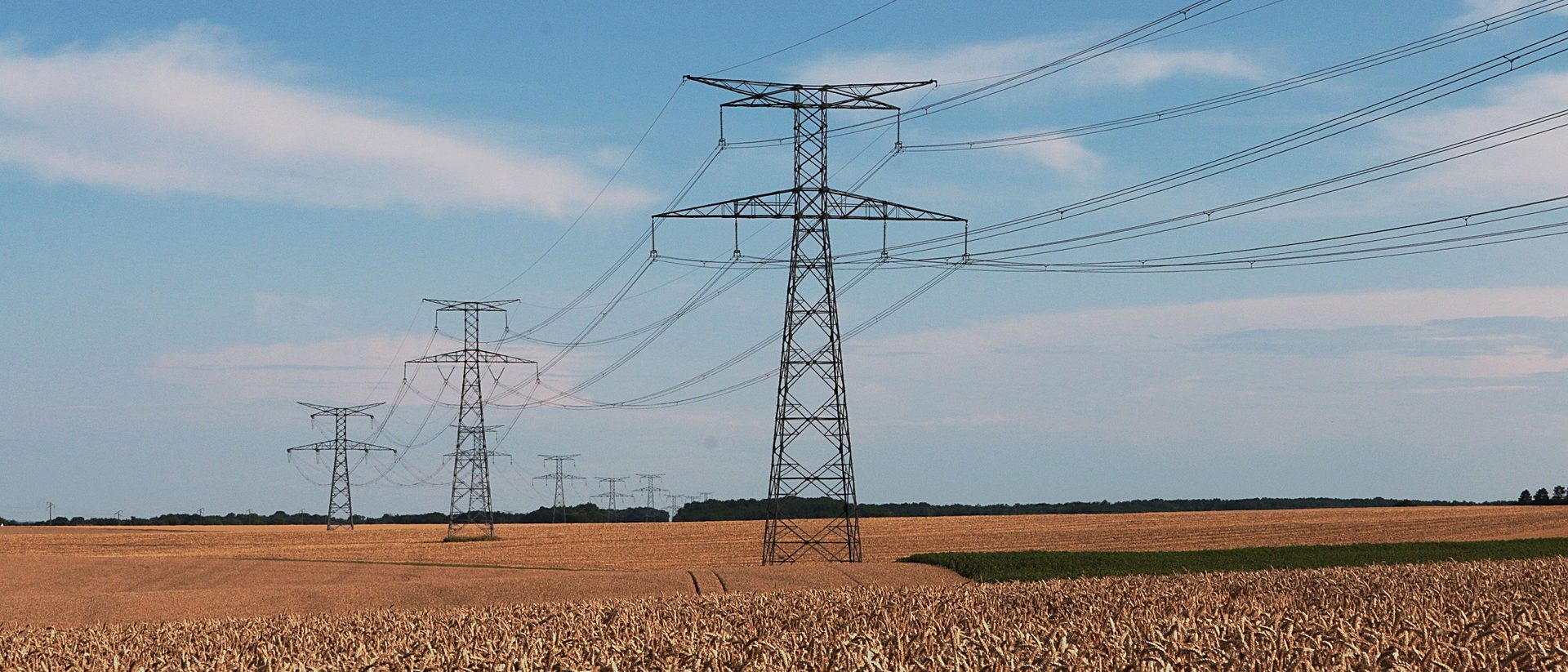- Grid investment is long overdue and very welcome, and key to unlocking funding across a wide range of renewables.
- A mix of technologies will be needed for the UK to meet its net zero targets.
- Flexibility services must also be enabled to ease pressures and accommodate more renewables and electrification.
The Association for Renewable Energy and Clean Technology (REA) welcomes a report published today by the UK Electricity System Operator (ESO), which proposes a £58 billion investment in the electricity grid to meet the growing and decarbonising demand for electricity in Great Britain by 2035.
The plan would aim to connect a further 21GW of offshore wind off the coast of Scotland to the grid. The report emphasises the need for prompt action, recommending an expansion of the offshore grid and a new North-to-South ‘’high-capacity electrical spine’’.
Getting offshore electricity generation to the mainland is important, but the future grid must ensure onsite generation is catered for, so industry can decarbonise efficiently and feed into the network. Consequently, the REA is calling for a joined-up approach across transmission and distribution networks, and an empowered, strategic and holistic remit to NESO’s objectives.
Dr Nina Skorupska CBE, CEO, REA (Association for Renewable Energy and Clean Technology) said:
After all the recent UK Government statements declaring the ambition for Net Zero power by 2035, it is a relief to see the publication of this very important plan – “Beyond 2030”. It sets out a picture of scale and steps needed to deliver a coordinated, efficient and holistic future electricity network. It is a welcome piece of the “Net Zero electricity” puzzle.
Those dependent on electricity system development know we also need to see the delivery of the broader Strategic Spatial Energy Plan (covering gas, hydrogen and potential CO2 networks (SSEP)), regional plans and full connections reform. All of which requires the new National Energy System Operator to be officially up and running this summer, ensuring real change is delivered as soon as possible.
The trick now is to convince everyone to play their part. This is just a start, and we urge the UK Government to sponsor and lead the vital communication of the plan nationally – to homes, businesses, industry and generators – highlighting the need and benefits for all walks of society.
I also hope that the National Infrastructure Commission and Nick Winser, the Government’s Electricity Networks Commissioner, will work with the REA and wider Sector to ensure this “National Blueprint” is delivered and implemented as soon as possible. With the scale of investment (£58 billion) in the grid infrastructure so significant and coming from the consumer ultimately, it is important that action taken must be purposeful to realise the additional value in jobs, increased energy security and Net Zero.

